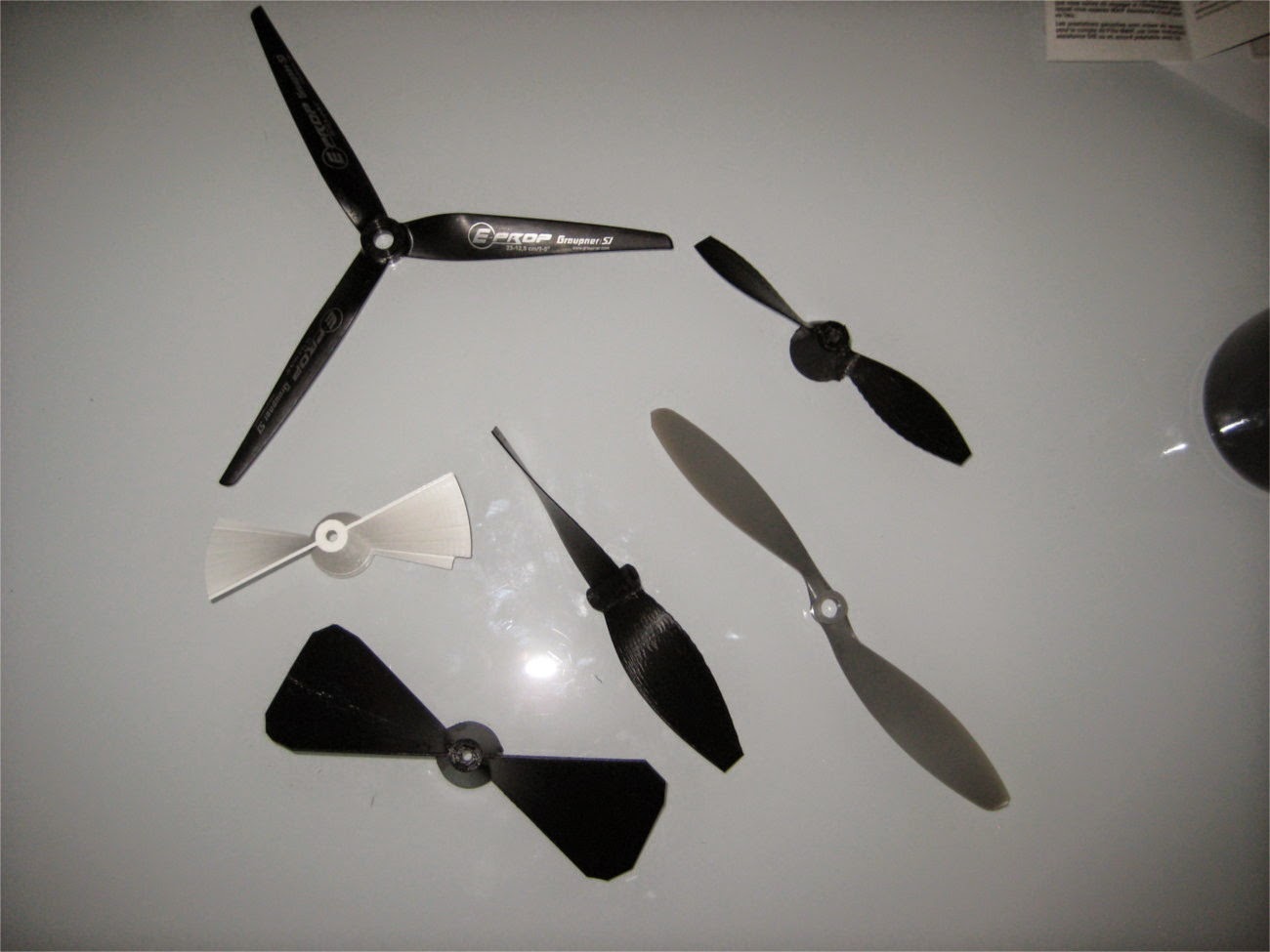
Robustness objective
Last week, small problem of propellers flying away. Finally, the problem was mainly due to the manufacturing " bricolage » prototypes. But that's no reason not to take it into account. I have therefore devoted this week to improving the mechanical resistance of our Pioupiou.
A balancing act
The centerpiece is the propeller. Suffice to say that it must be treated. And it's not that simple.
It must be large enough to start in very light winds, yet strong enough to spin at speeds of up to 10 rpm.
The key point is balance. If it has a blade that is heavier than the others, it vibrates very hard... very hard... too hard... and it explodes!
Brief. I did a lot of tests to find the shape:
I played with propeller design software:
And I − again − warmed up the 3D printer:
(it's really magic this thing!)
I still haven't found the final shape. But I think we are moving towards a short and wide propeller – therefore less fragile –, optimized for light winds: where efficiency is needed.
In this application, I imagine that we are not very bothered by the low aspect ratio and the losses at the wingtips. On the contrary, maybe it's no worse to brake the propeller when the wind is strong?
Little zavions
I have been offered several times to use model propellers. So I got interested, and I tested.
Worry :
The material: These propellers are made of nylon. It absorbs a lot of moisture (up to 10% of its mass), which changes the resistance. So not ideal for outdoor use.
The form : they are designed thin and elongated, for better efficiency at high rotation speeds. As a result, there is very little surface to capture the light wind. The "slow-fly" propellers (= low speeds) do a little better, but this is still insufficient.
Not even afraid
To improve the solidity, I also reviewed the overall shape of the Pioupiou (again!).
Adding a heavy stack helped bring the center of gravity forward. This allows me to remove the carbon rod which could be scary.
So it gives something like this:
It's progressing well, but there's still work to do!
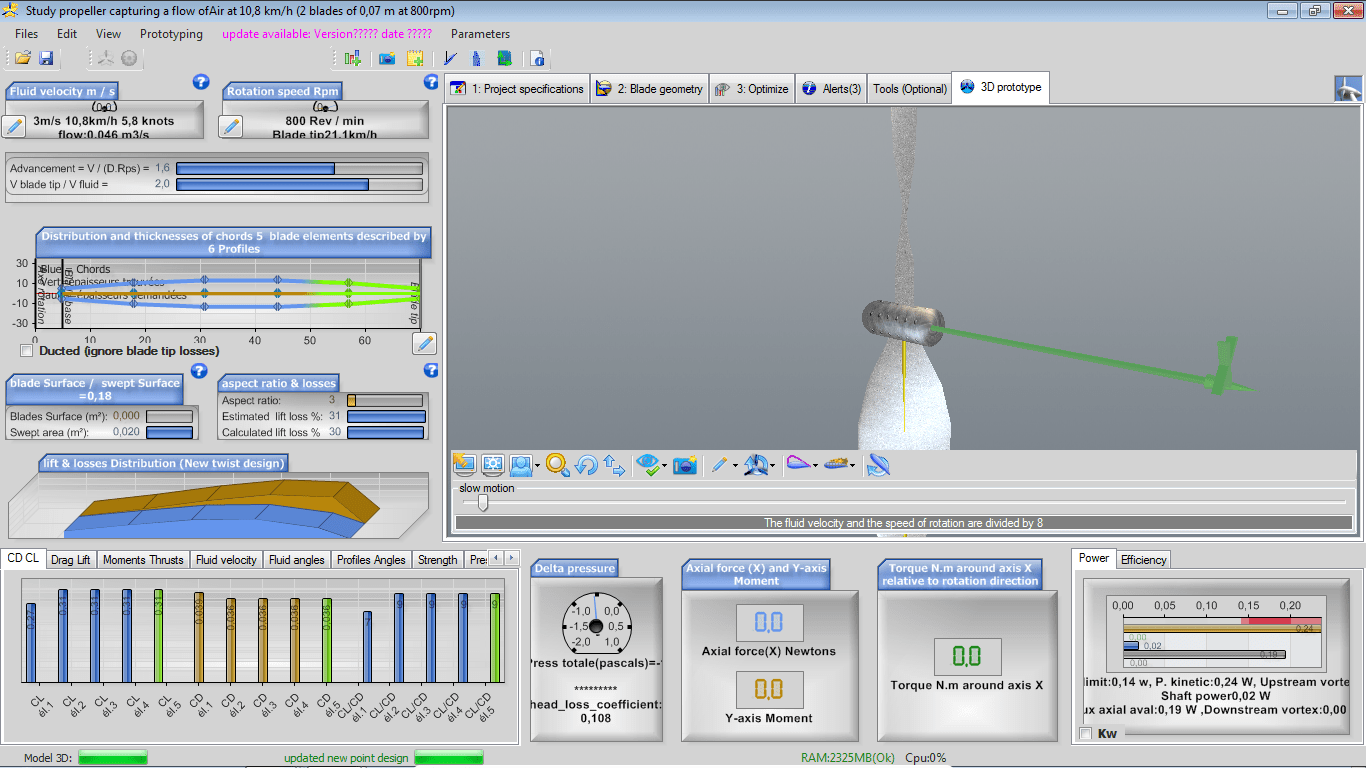
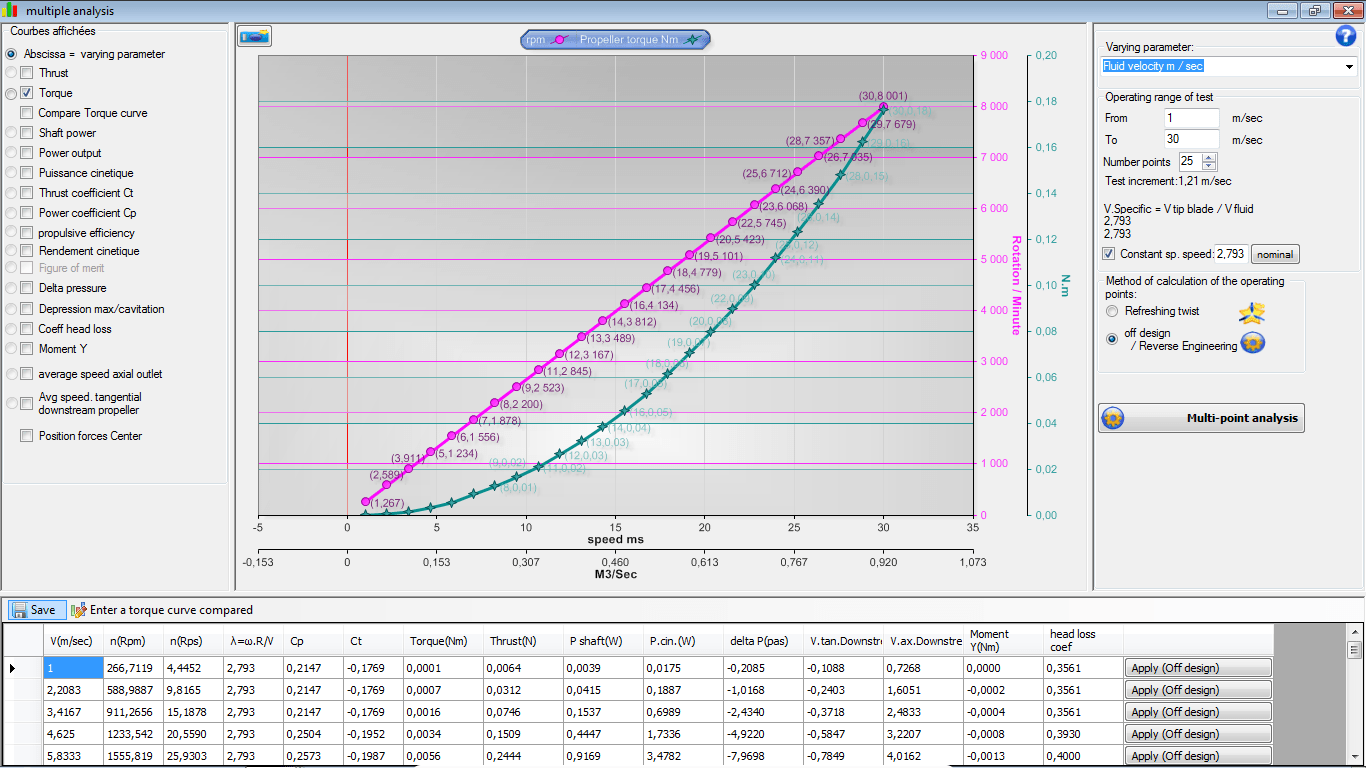
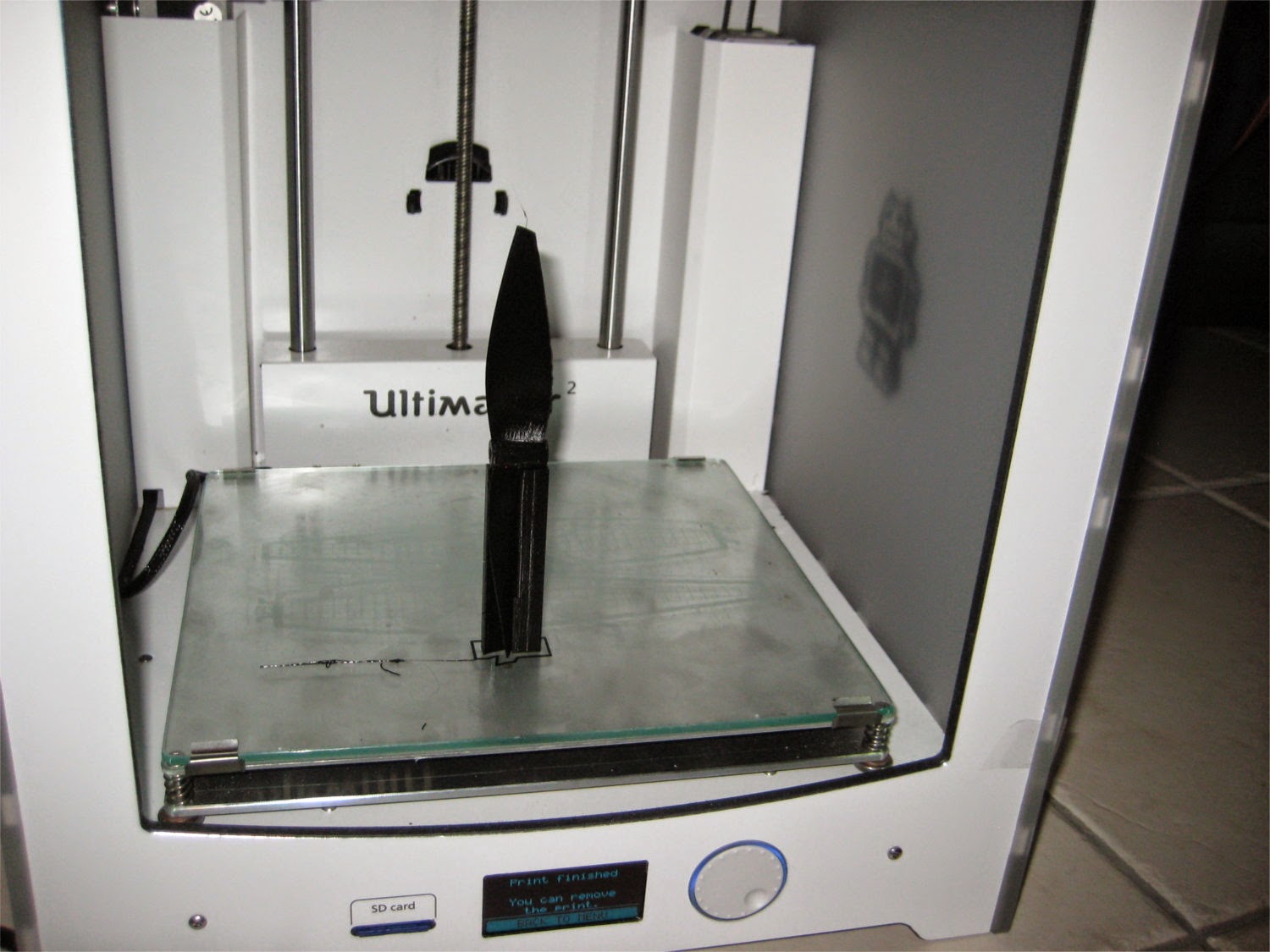
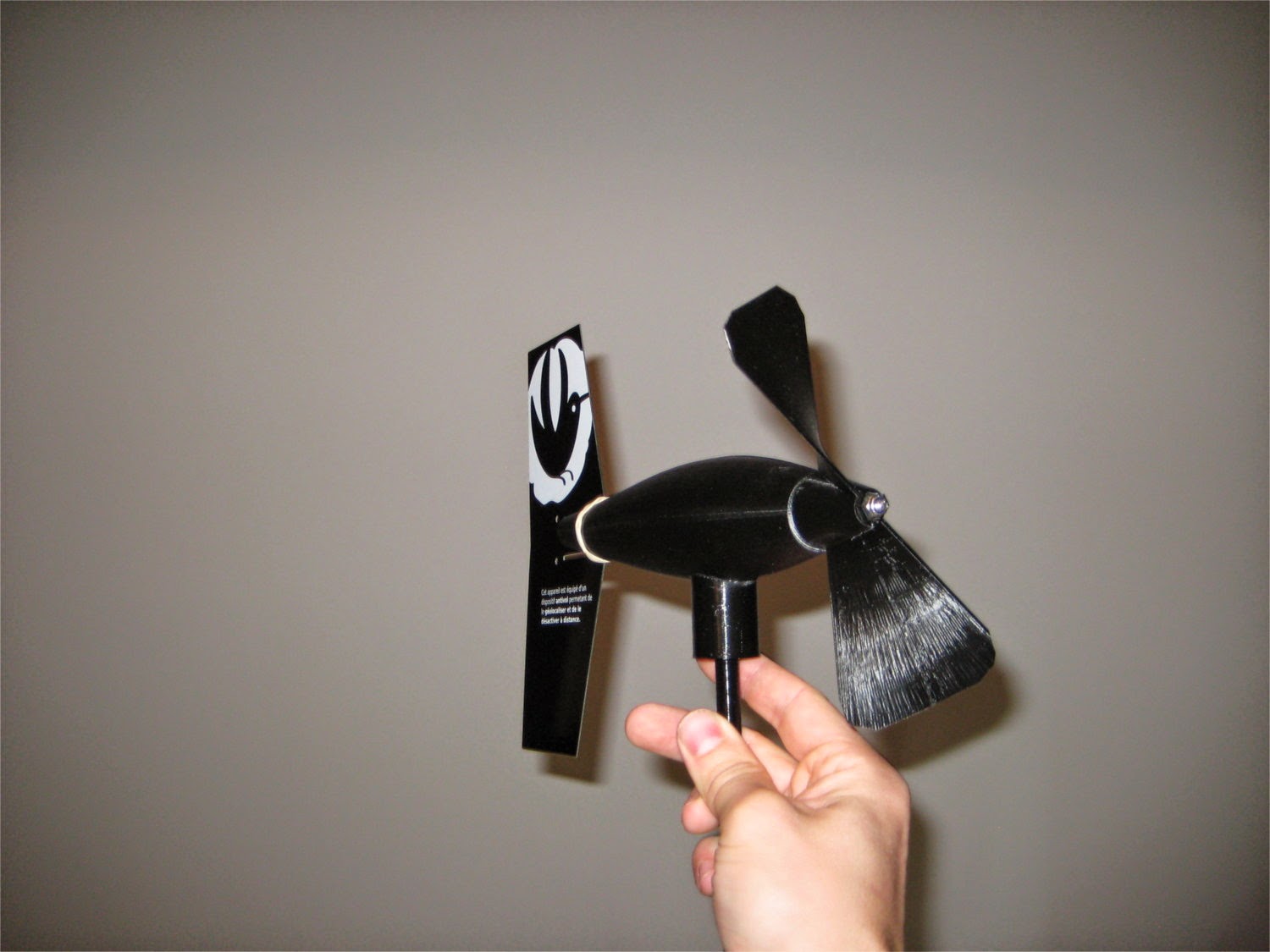
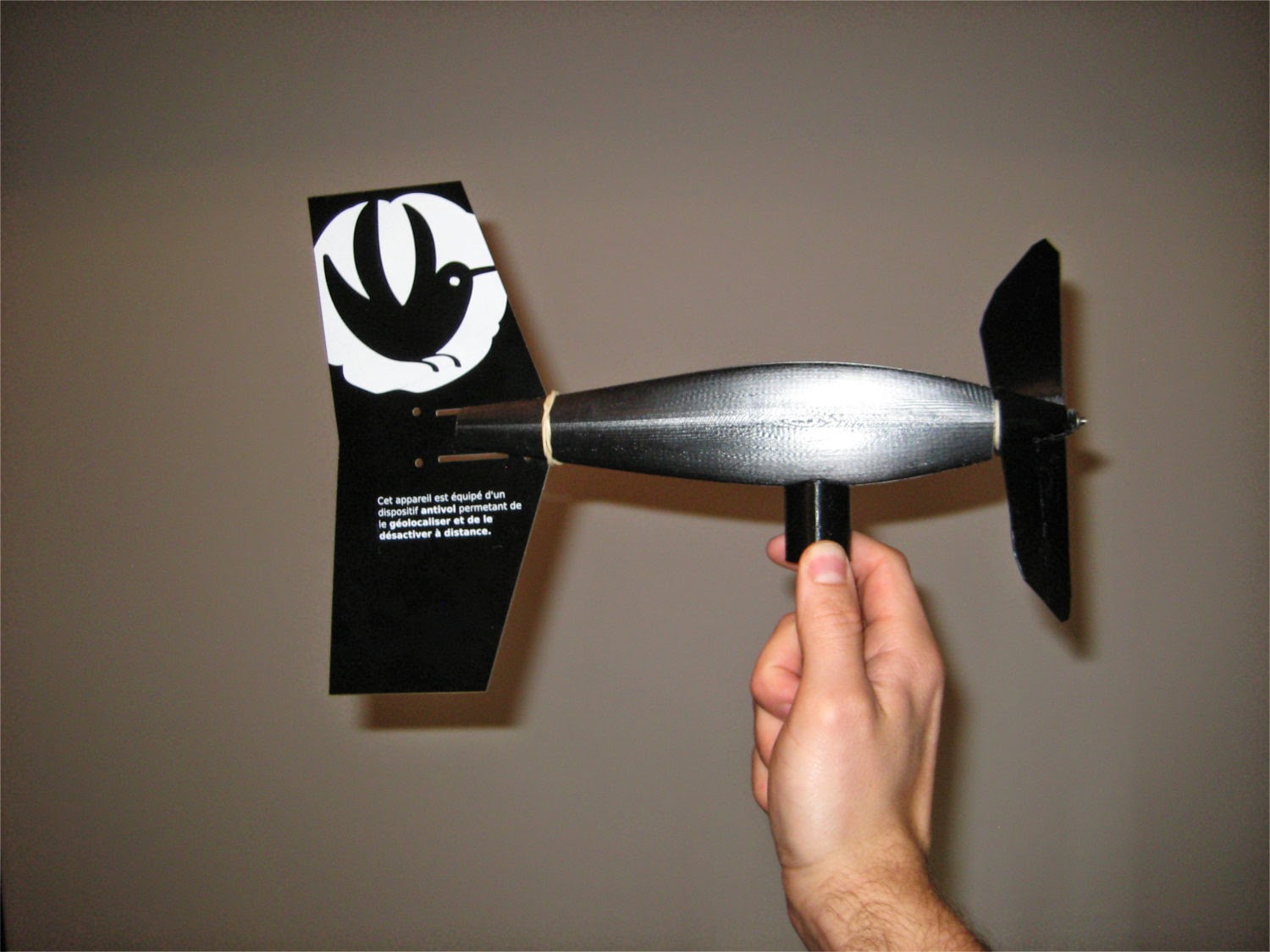
21 thoughts on “ Robustness objective »
Go courage and perseverance you will get there but watch out for the deadlines... I have pots who are starting to get tired and don't...
Biz be strong you're on the right track!!!
Robert
There's nothing worse than rushing the release of a product. I support 200% nico to release a quality product to be proud of.
I share your point of view, I prefer to receive the cheep a month later than expected but successful. We've waited until now, we can wait a little longer, or else!
That delivery is delayed to ensure quality is respectable. But a few weeks before the expected delivery to those who have pre-paid, no communication, it sucks, right?
No, but if there's no communication a few weeks before the deadline, it's because the guy is working hard to meet the delivery deadline, so there's little time left for blah blah... I find that very normal , What
Well yeah, it would take him so long to make a point of a few lines on the subject in one of his weekly blogs =)
Ah, groupies...
PS: I tried to post with my google account, but it fails.
I struggle with the irony of that last comment. Nico just sends complete and detailed news of the progress of the project. Would you like a schedule with the remaining tasks and an estimate of their duration? There are a lot of ups and downs in the design phase of a product, all it takes is one major unforeseen event to take 6 months out of sight.
I do not see how the fact that there may be unforeseen events and delays prevents communication on the provisional schedules.
The crowdfounding campaign announced an "estimated delivery in March". And this, because Nicolas is well aware that pre-buyers want to know when they will have their toy. It remains true today.
And yes, the publication of schedules and milestones would also be appreciated. It's a crowdfounded and open project, isn't it? =)
So you will have a non-linear scale to convert rotation (rpm) to wind speed? I like the idea! As well as the new shape, indeed it seems more solid!
We are getting pretty close to something that already exists. The reliability and robustness having already been tested (in arctic…), I think that we should not be afraid to see and possibly do the same thing as what exists on the market 😉 good ok at 976dollars/pce… with range of speed from 0m/s:
https://www.campbellsci.fr/05103-specifications
http://www.youngusa.com/products/7/5.html
Courage and bravo for the job already done! the final solution is near!
Or even simpler mechanically: http://www.lcjcapteurs.com
Why abandon this track?
Why not ultrasound?
I haven't given up on the ultrasound track. But you have to spend a lot of time studying the subject. It will probably be for a future product. For the moment I don't have time to reinvent everything.
There are a lot of problems to solve, especially in terms of power consumption. The "measurement" function of the Pioupiou consumes less than 4 micro-amperes, whereas ultrasonic sensors generally consume 4 milli-amperes. It's not huge, but still 1000x more!
The study of the subject is quite simple: Maths is trigo, elec 4 US transducers + 1 switch I2C + ADC/DAC of the sigfox module, the info is a convolution and a search for max, the 4-hole mechanism in front of a plate.
The power consumption problem is obvious, but can be easily circumvented by not measuring continuously: If the measurement takes 10ms and it is only done every 10s, you get the 1000 ratio on the consumption!
The static and robust aspect of a US-based solution revives the debate on the solar panel and use in extreme conditions!
The beacon would look more like a pioupiou's nest 🙂 http://img.nauticexpo.fr/images_ne/photo-g/capteur-girouette-anemometre-ultrasons-22283-3149543.jpg
Hello,
It therefore seems that the idea of the solar collector has been definitively abandoned. We ordered a piou piou for my acoustic box (environmental measurements) and there was no problem with the battery. But for paragliding and in particular for the beacons called to be placed far from the decorations (to know the weather wind at 3000 for a decoration at 1500) therefore not often accessible, it does not seem very relevant to me. After yes if you have to change the solar battery more often than the batteries, it doesn't change anything. Couldn't we have a "solar" option connected to the beacon if necessary? A box with battery and solar panel dedicated to the pioupiou?
Cheers and congratulations for this great adventure!
Pierre OSSAKOWSKY
Exactly, there I found batteries that last as long as the batteries. So it does not change the maintenance schedule.
and wouldn't a supercapacitor be the solution for a box with solar panel?
http://www.lcjcapteurs.com/product/cv7sf-usb/ it seems that there is an ultrasonic anemometer sensor powered by solar panel and a small supercapacitor. (no problem of battery aging, and temperature of use) and here is proof that a solar power supply also works for a US sensor.
Hello
As discussed once on the phone: a propeller with "poor" efficiency is certainly more stable over time, as well as its wind/rpm calibration. An overly optimized propeller will be sensitive to dirt / frost / aging the pbm exists on wind turbines.
In addition, some pseudo quantitative info to know which parameter to vary:
* The equilibrium speed depends mainly on the timing & the output
==> rpm*diameter/Wind # Cste* tan(90-setting) (Cste linked to rdt)
* The rotation of a propeller at low wind depends mainly on the blade area & the pitch
==>Friction=K*Spale*Diameter*V²*(90-Weight), with K which depends on the wedging (roughly with wedging=90 K=1 & Wedging=0 K=0 – and between the two a curve in "S")
The definition of the pitch is the angle that the blade makes with the propeller disc at 75% of the diameter (pitch=90–> feathered propeller)
So
* In order not to pedal too fast when there is wind, you need a propeller setting towards the flag and a low blade extension (not too much rdt).
* To start at low wind you need blade surface & an "intermediate" pitch
So much so that a stubby propeller seems to be a good idea (max surface area at given diameter & not too much rdt) and the variable to be intuited remains the setting, to find the compromise between low wind start versus not too strong wind/rpm proportionality.
With your propeller calculations, the key point is the curve Cp=f(V/(rpm*D)), and the V/(rpm*D) for which Cp=0. If you have curves I can help you choose.
By this:
– what about replacing the batteries with the Pioupiou GPS?
– on the deadlines, the days are getting longer & the season will eventually arrive…
Matthew
Who ordered a Pioupiou GPS
– All propellers must be individually balanced. The problem is to have a balance all the more sensitive as the propeller is light to carry out this balancing by successive approximation with a file stroke. It is quite delicate but essential to avoid vibrations. The residual vibration can be measured by putting the propeller into rapid rotation and measuring the amplitude of the vibrations with accelerometers on the axis support.
– On the deadline side, I don't think we should put any pressure on it. As an engineer in the electronics industry, I can tell you that creating a product in 6 months is an illusion. By supporting Nicolas' project, you should not expect a product in return, but just take part in a collective adventure and accept the risks.
Courage, Nico!
Pascal C.
Regarding ultrasonic measurements and consumption: there are already autonomous ones with a small solar panel (and a super-capacitor or super-capacitor) on the ultrasonic sensor... 🙂 It sends data to a communication module that it should be replaced by a sigfox com module (with a battery or a panel for the conso of sending data): it is this one:
http://www.lcjcapteurs.com/product/cv7sf-usb/
One bought one, to see how it is designed and to do the same thing again cheaper?…
Courage courage! and congratulations on how far you've come! We are delighted with the result, whatever it is! 🙂